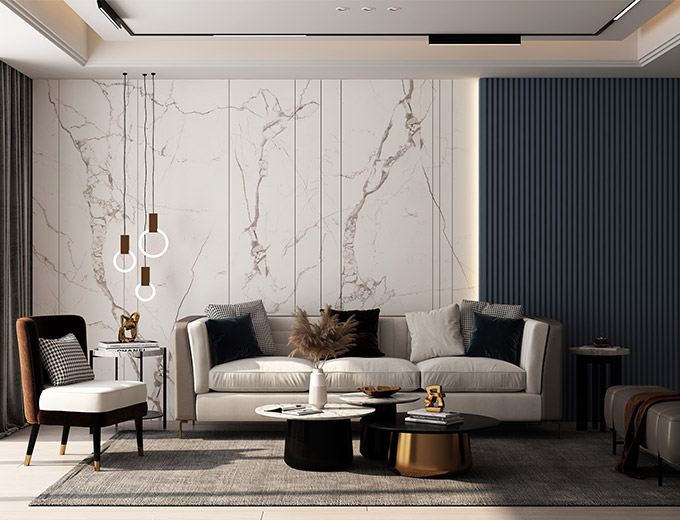Industry knowledge
How do solid wall panels address thermal bridging and improve overall building performance?
Solid wall panels are designed to address thermal bridging and significantly improve overall building performance. Thermal bridging occurs when there is a break in the insulation layer, causing heat to transfer through the building envelope, resulting in energy loss and decreased thermal efficiency.
Solid wall panels tackle thermal bridging by providing a continuous layer of insulation without any interruptions or gaps. Unlike traditional construction methods that may include various building materials with different thermal properties, solid wall panels consist of a single integrated unit that minimizes thermal bridging points.
The insulation material used in solid wall panels, such as expanded polystyrene (EPS) or polyisocyanurate (polyiso) foam, has excellent thermal resistance properties. The insulation is incorporated within the panel, ensuring consistent coverage and eliminating heat transfer paths. This insulation layer greatly reduces heat loss or gain through the walls, improving the building's energy efficiency.
Moreover, solid wall panels have low air infiltration rates due to their tight construction, reducing the amount of conditioned air escaping or outside air infiltrating the building. This further enhances energy efficiency by minimizing heat exchange with the surrounding environment.
By effectively addressing thermal bridging, solid wall panels contribute to a more comfortable indoor environment, reduce the reliance on heating and cooling systems, and result in energy savings. This improved thermal performance also helps in achieving energy efficiency certifications, such as LEED (Leadership in Energy and Environmental Design) or Green Building Certifications.
What are the potential applications of solid wall panels beyond traditional buildings?
Modular Construction: Solid wall panels are often used in modular construction, where buildings are constructed off-site in factory-controlled conditions and then transported to the final location. The panels provide structural support and insulation, allowing for faster and more efficient assembly of modular units, such as offices, classrooms, or healthcare facilities.
Industrial Buildings: Solid wall panels are suitable for industrial buildings, including warehouses, factories, and storage facilities. These panels provide excellent thermal insulation, durability, and fire resistance, making them ideal for environments that require temperature control, protection from external elements, and compliance with safety regulations.
Agricultural Structures: Solid wall panels can be utilized in agricultural structures such as barns, poultry houses, and dairy facilities. These panels offer insulation to maintain stable temperatures, moisture resistance to protect livestock and stored crops, and durability to withstand harsh agricultural environments.
Retail and Commercial Spaces: Solid wall panels can be applied in retail stores, restaurants, shopping malls, and other commercial spaces. They offer versatility in design, allowing for customized finishes, textures, and colors. Additionally, they contribute to energy efficiency, acoustic insulation, and a comfortable indoor environment for customers and employees.
Sports Facilities: Solid wall panels can be used in sports arenas, gyms, and recreational buildings. The panels provide structural integrity, noise reduction, and thermal insulation, creating an optimal environment for athletic activities and spectator comfort.
Temporary Structures: Solid wall panels are suitable for temporary structures like event venues, exhibition halls, and disaster relief shelters. They can be quickly assembled and disassembled, offering a durable and energy-efficient solution for temporary building needs.
Infrastructure Projects: Solid wall panels can be employed in infrastructure projects such as noise barriers along highways, retaining walls, and soundproof enclosures for equipment. The panels provide noise reduction, structural stability, and weather resistance.





.jpg?imageView2/2/format/jp2)





